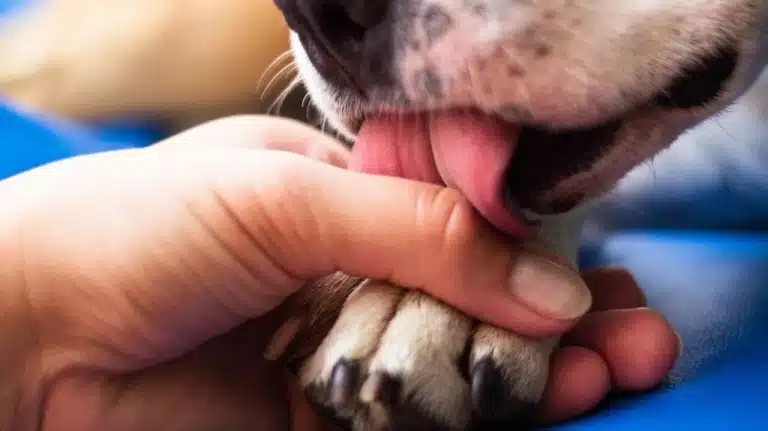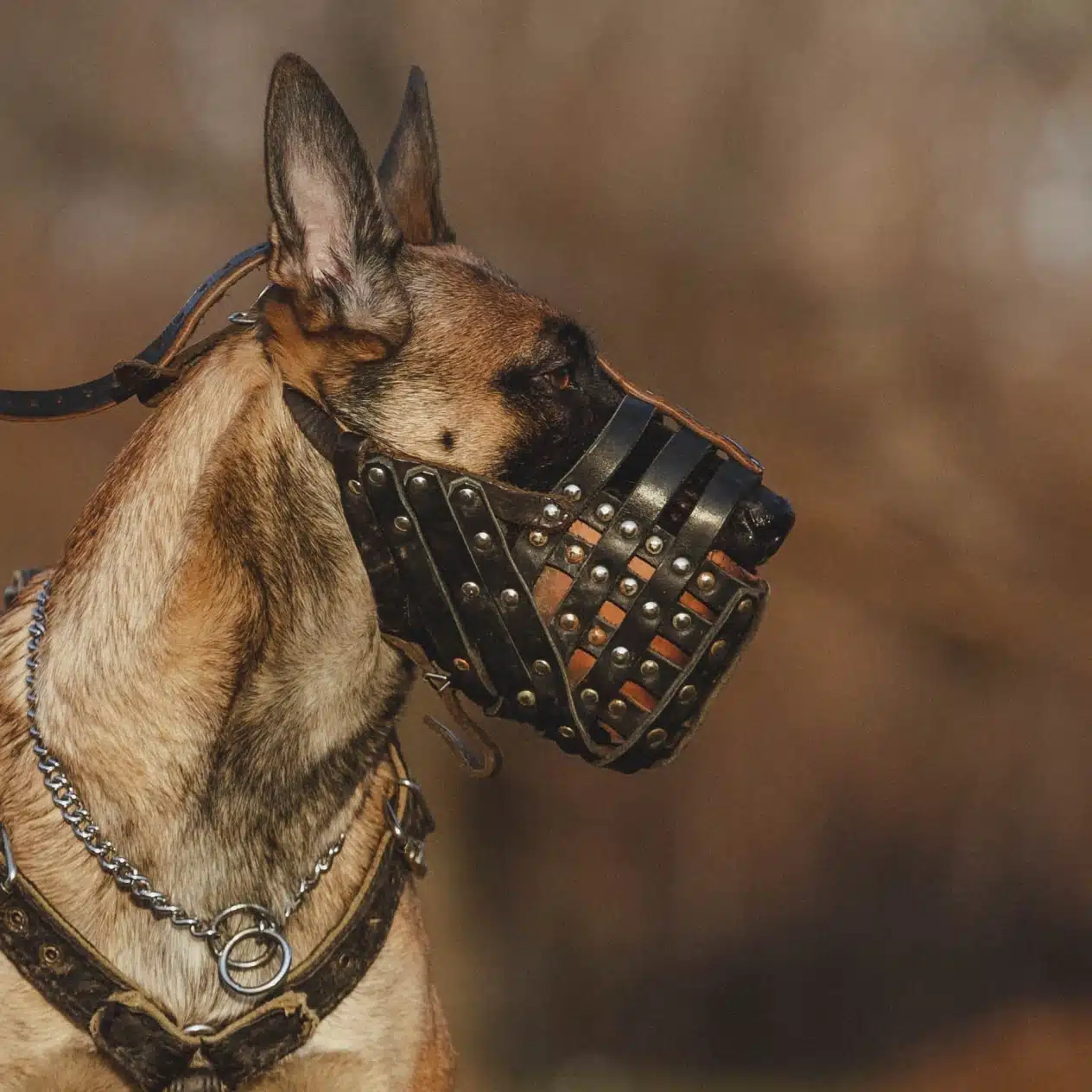
Accustoming to a muzzle is as important and mandatory stage of raising your pet as accustoming to a leash or harness. You can’t associate a muzzle for dogs only with animal aggression and distrust of people, because this will be only part of the whole picture. First of all, think of this accessory as protection against unforeseen situations, and there are quite a few of them in Ukraine during a full-scale invasion. Circumstances may arise when a dog that has been calm all its life will feel fear, pain or confusion, which in turn will lead to an aggressive reaction, and a dog muzzle will save you the trouble of solving further problems.
What dogs should be muzzled?
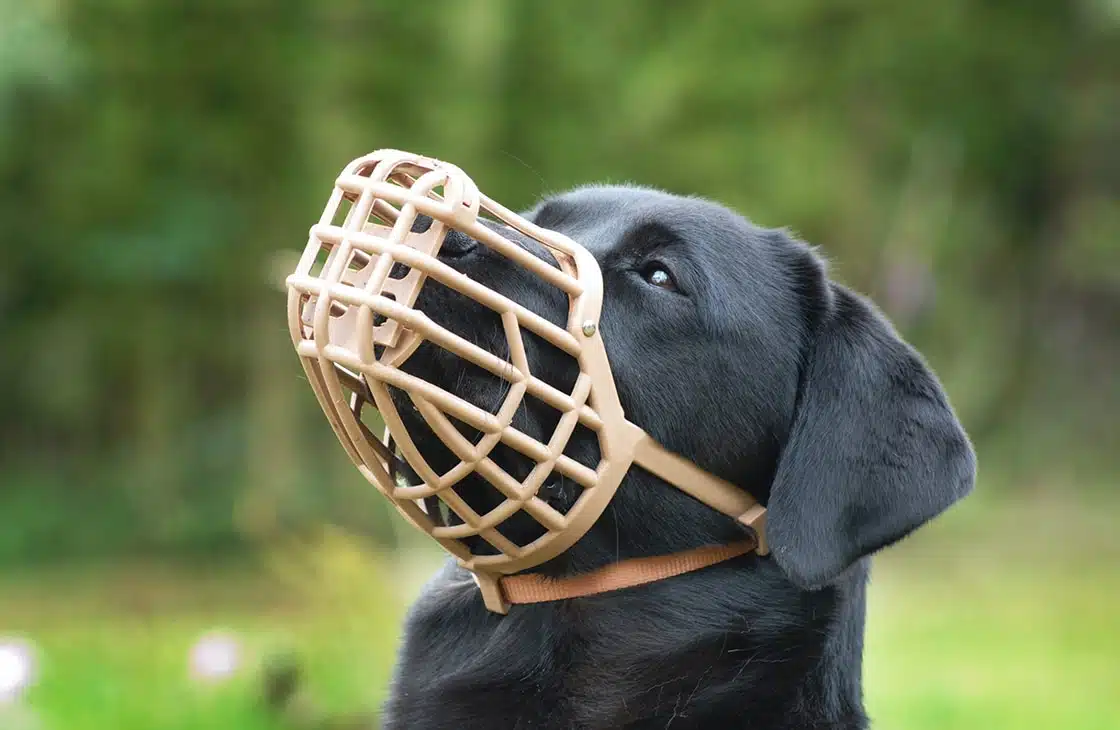
In Ukraine, the Decree of the Cabinet of Ministers of Ukraine dated November 10, 2021 “Some questions regarding dangerous breeds of dogs” is in force, which approves the list of dogs for which a muzzle is required. The list includes: Shepherd (Mareo-Abruzzo, Atlas, Dutch, Greek, Estrel, Caucasian, Central Asian, Eastern European, Bergamo, Carthian and French), Ainu, Akbash, Akita-Inu, American Akita, American Bandog, Danish Brochholmer, Buvy is (Ardennesian and Flannery), Bulldog (Alapanese purebred, American and Malorian), Bullmastiff, English Bull Terrier, South African Boerboel, Irish Wolfhound, Hamper, Doberman, Great Dane (Argentine and Canarian), Kangal, Cane Corso, Cao de Castro laboreiro, cao de serra de astrella, mastiff (English, Belgian, Pyrenean and Tibetan), Moscow watchdog, pero de presa canario, American pit bull terrier, Rafeira dualintezhu, ridgeback (Rhodesian and Thai), Rottweiler, wolfdog (Italian , Saarloosky and Czech), American Staffordshire terrier, Tosa-Inu and crossbreeds of all the mentioned breeds.
However, wearing a muzzle is beneficial not only for these breeds. When the question arises: “should a dog wear a muzzle?”, it is also necessary to take into account the individual characteristics and character traits of a particular pet. If the animal often feels fear, shows aggression, has a strong reaction to noise or crowds, training to a muzzle is mandatory. Even small dog muzzles, pug muzzles or chihuahua muzzles are sometimes necessary.
Where does the dog need to be muzzled?
Current Ukrainian legislation clearly stipulates that a muzzle must be worn when walking outside the place of permanent detention, that is, in places with a large crowd of people, in particular in parks, playgrounds and public areas, during transportation by public transport. It will also not be superfluous to use a muzzle in new or stressful situations for the dog, for example, during a visit to the veterinarian, because even a calm pet can react unpredictably to some event.
Muzzle: what to pay attention to?
There are several types of muzzles: plastic, metal, leather, fabric, silicone. The choice always depends on the size and anatomy of the dog’s face, as well as on the situations in which it will be used.
For example, a fabric muzzle is only suitable for short-term use, as it tightly fits the muzzle and limits the ability to open the mouth. At that time, plastic and leather muzzles are perfect for long walks. Metal accessories are less comfortable for animals, but sometimes this is the only option for walking a dangerous large breed.
In addition to material and appearance, you also need to pay attention to the right size. The muzzle should be loose enough not to rub and allow the dog to breathe through the mouth, but snug enough to prevent it from slipping off.
How to train a dog to muzzle?
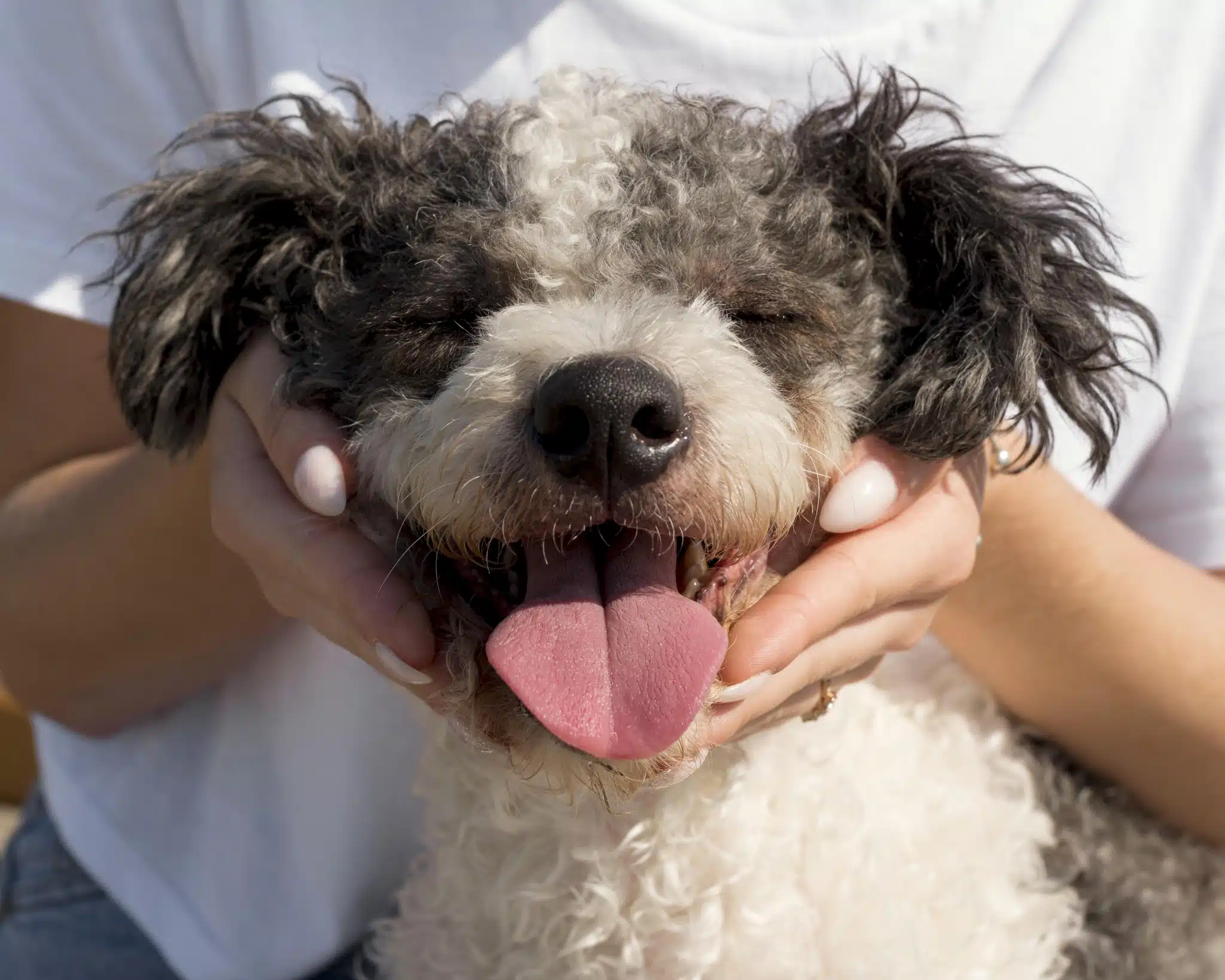
Above, we learned about what breeds of dogs should walk in a muzzle, what accessories there are in general, so the time has come for training, which will take place in stages.
- The first stage begins simultaneously with the socialization of the pet at an early age and consists in introducing the dog to the muzzle. It is necessary to hold a new thing in your hands and allow the dog to sniff it, play with it. For each manifestation of interest – a favorite treat, because we need the muzzle to be associated with something pleasant.
- Next, you can put a treat inside the muzzle so that your pet will take it. We advise not to fasten the muzzle on the head yet. Here, the main goal is comfort and positive emotions, and therefore the exercise should be repeated until the pet is confident in taking treats.
- When the dog gets used to sticking its face into the muzzle, you can try to fasten it for a short time. After that, we immediately shoot and reward the daredevil in his favorite way.
- With each subsequent time, we gradually increase the time during which the pet wears the muzzle. We start with a few seconds and increase to a minute, then to several minutes. After withdrawal, do not forget about the reward.
- When the dog gets used to the muzzle at home, you should try to put it on for a walk. This will allow the pet to be distracted by the external environment and adapt to the walk in a new way.
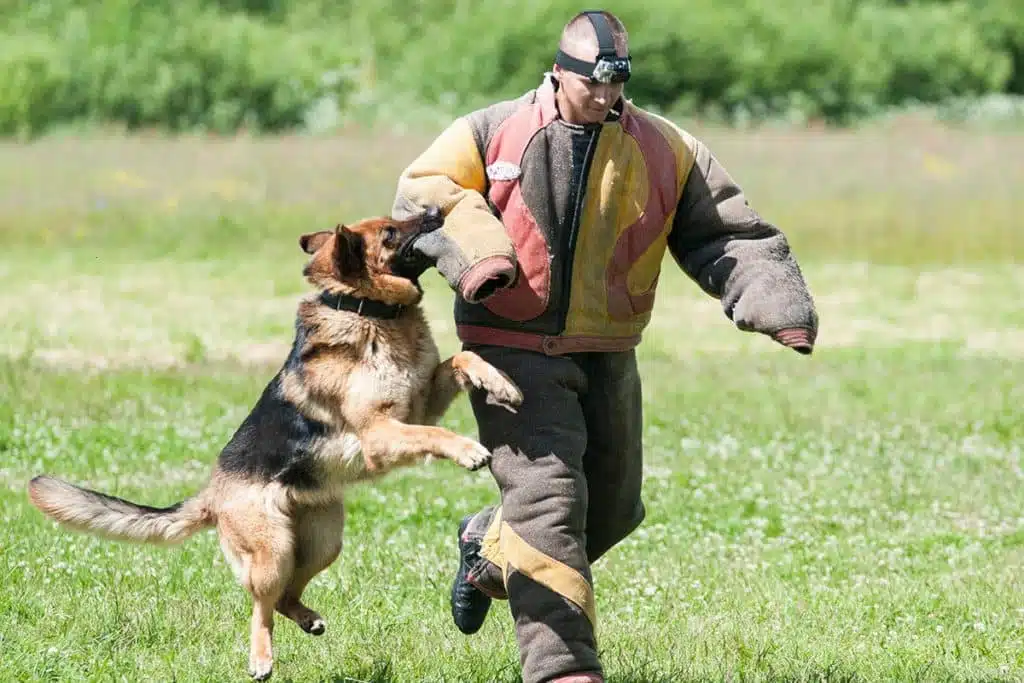
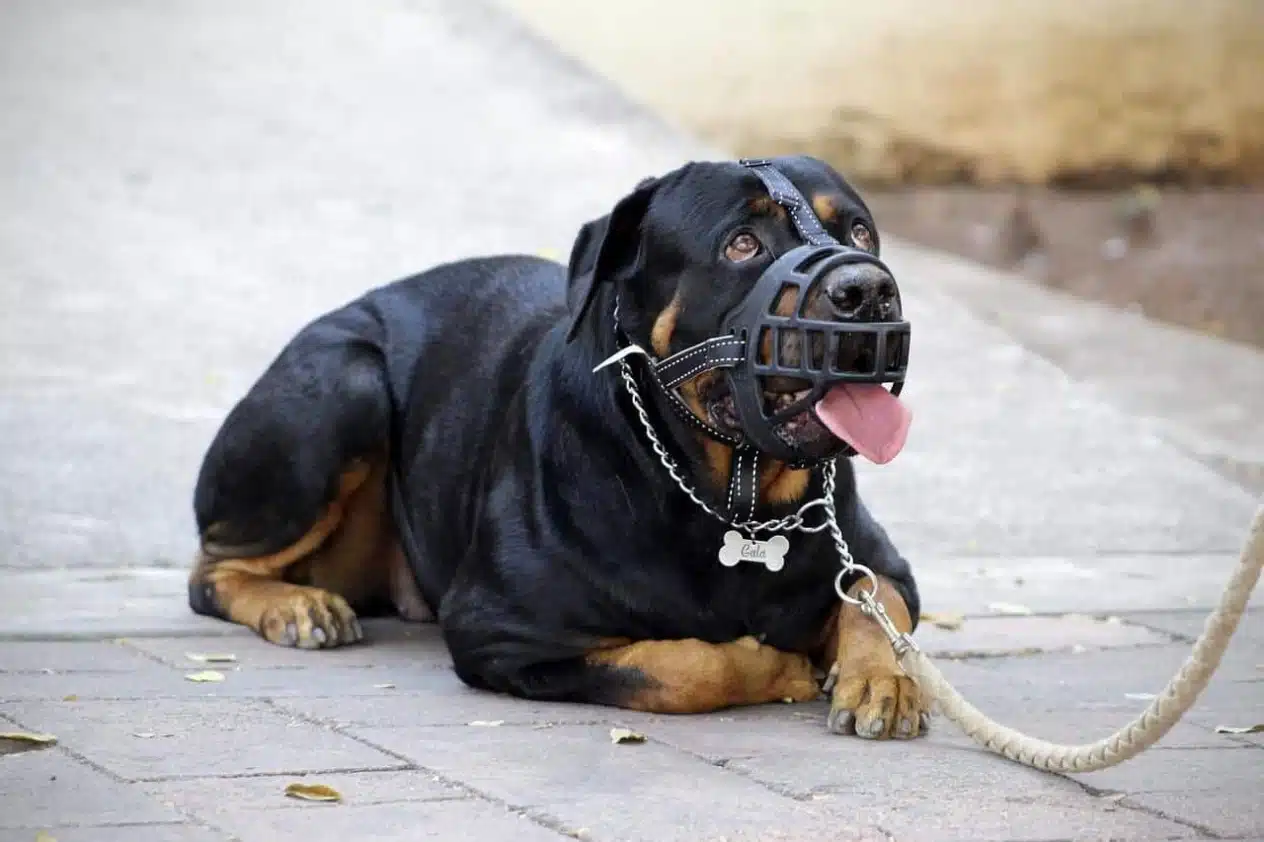
Conclusion
Thus, getting used to a muzzle can last from a few days to a few weeks, depending on the pet’s character and previous experience. Do not be afraid to make mistakes and start over, because patience, perseverance and consistency are very important in this business. When you reach the last stage of training, your dog will already perceive the muzzle as a routine, and those around you will feel comfortable and non-hostile when meeting you.




